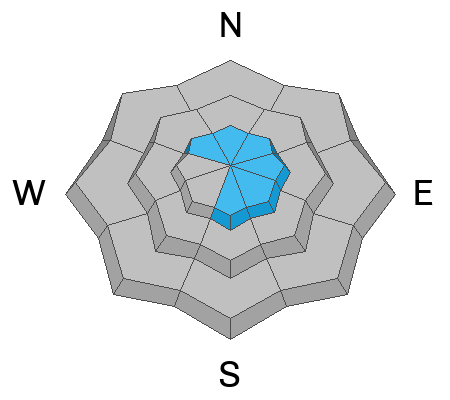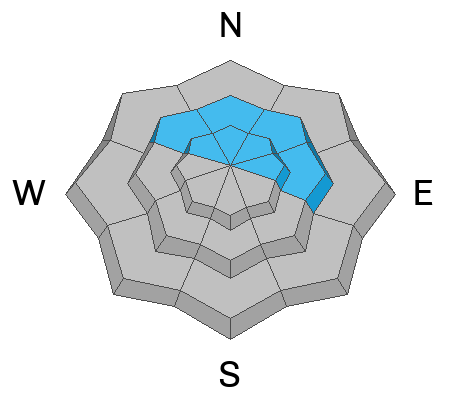Forecast for the Moab Area Mountains

Issued by Eric Trenbeath on
Saturday morning, January 28, 2023
Saturday morning, January 28, 2023
A MODERATE danger exists for human triggered avalanches involving unstable slabs of wind drifted snow on steep slopes above treeline. Recent deposits of wind drifted snow are often recognizable by their smooth, rounded appearance, and cracking is a sign of instability.
In non-wind affected terrain the avalanche danger is generally LOW.
Human triggered avalanches failing on a buried persistent weak layer are now very unlikely. They may still be possible in thinner snowpack areas, and in areas of very steep, rocky, radical terrain.

Low
Moderate
Considerable
High
Extreme
Learn how to read the forecast here








